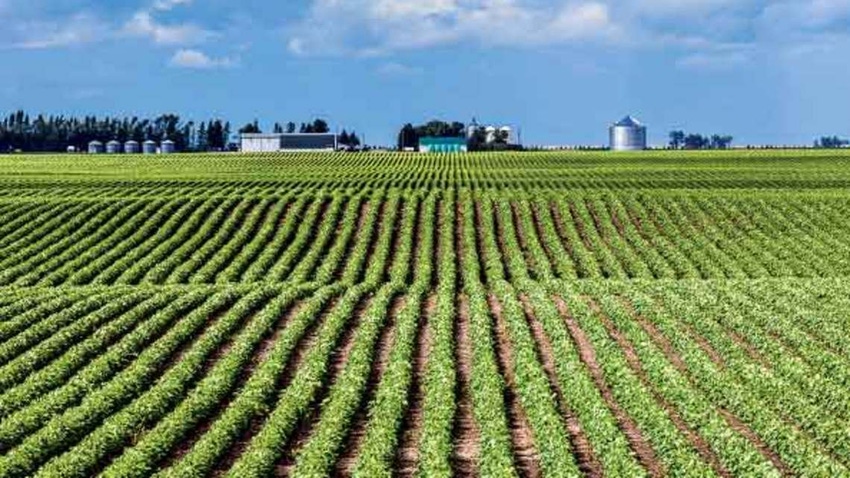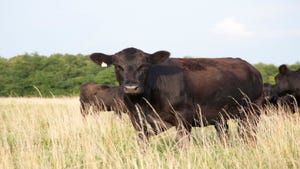April 5, 2018

Source: BASF
As we welcomed the first day of spring, planting became a top priority for soybean growers. Before the season changes again on June 21, it is vital for growers to understand the importance of sunlight — and the amount required to have a successful soybean yield.
“Soybeans are light harvesters and require as much sunlight as possible,” said Jeremy Hogan, BASF Technical Marketing Agronomist. “Harvesting enough light, unlike corn, is a limiting factor for soybeans.”
Soybean growers across the country need to understand the deep desire for bright, sunny conditions, especially during pod fill. Maximizing canopy photosynthesis, or the amount of sunlight soybeans achieve, can be accomplished through early planting, in addition to other methods. Hogan highlighted that it is most critical to maximize canopy photosynthesis and growth rate from the R1–R3 growth stages.
So why is the longest day of the year so important?
“June 21, the summer solstice and longest day of the year, is used as a benchmark for evaluating overall soybean yield potential,” said Hogan. “Entering growth stage R2 on or near this date should be a common goal for maximizing soybean yield.”
Soybean yield potential can be calculated by the number of pods per acre multiplied by the number of seeds per pod, multiplied by the weight per seed. Each of these components contribute evenly to yield, making each equally important to keep in mind as summer solstice gets closer.
When June 21 rolls around, Hogan stressed the importance of analyzing factors such as the number of nodes on the plant and the health of the trifoliates associated with critical nodes to determine yield potential.
“If by June 21 you aren’t seeing the results you’d like, think of how you can improve next season by altering factors such as moving up your planting date,” said Hogan.
Using the longest day of the year as a significant benchmark for a grower’s overall crop success can help improve soybean yields now and in the future. To learn more about BASF’s soybean portfolio, visit agriculture.basf.com.
For other information on soybean planting, check out some of these stories from CSD:
10 years of data show benefit of soybean seeding rate
9 Tips for growing soybeans a second or third year
You May Also Like




